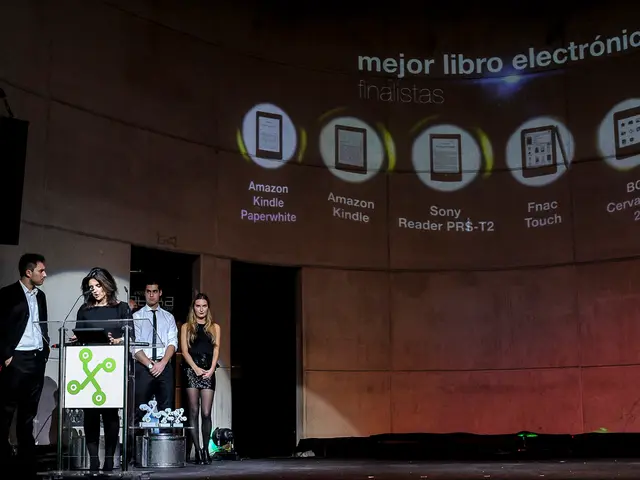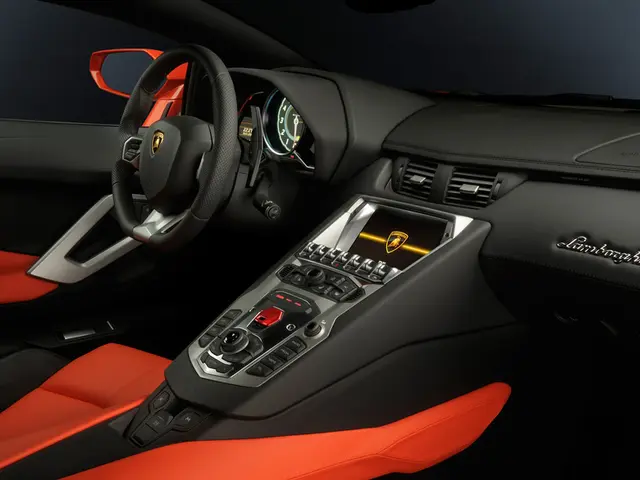Dispelling Four Misconceptions About Residential Solar Power
Four Common Misconceptions About Solar Panels Debunked
Generate electricity and reduce your electricity bill with solar panels installed on your roof or balcony. But before you jump into it, make sure to educate yourself, or you might be left disappointed.
"By understanding the specifics and the advantages you aim to gain, you can avoid being disheartened, and make the most out of your solar power," says Thomas Zwingmann, energy expert at the North Rhine-Westphalia Consumer Center.
Many misconceptions about solar energy persist among consumers. The North Rhine-Westphalia Consumer Center clears up four of them:
Myth 1: I'll be fully independent of the power company with a solar system and storage.
While a solar system can cover a good portion of your yearly electricity needs, especially during summer, in the long run, you'll still need to purchase electricity from the grid, particularly in the winter months. To achieve 100% self-sufficiency, you'll need an additional, complex, and expensive seasonal storage system like hydrogen storage.
Myth 2: A solar system and battery storage is essential due to low feed-in tariffs.
In truth, a solar system can still be financially viable without battery storage. Whether a storage system is beneficial depends on your individual electricity needs and costs. If you can already self-consume a significant portion of your solar electricity, a battery storage system might not be necessary due to its high initial cost.
Myth 3: A south-facing roof is always better than an east-west facing roof for producing electricity.
Although a south-facing roof provides the optimal conditions for generating electricity, an east-west facing roof can still generate about 80% of the solar yield. By receiving sunlight earlier in the morning and later in the evening, you have more opportunities for self-consumption, especially during high-usage hours.
Myth 4: A plug-and-play solar device can power home appliances, like a coffee maker.
Plug-and-play solar devices are an easy way to generate electricity without much effort, but their output is limited to 800 watts. They're better suited for powering small appliances such as a refrigerator or router. Appliances like a coffee maker requiring 2000 watts or more would still require electricity from the grid.
Informed decisions about solar power are crucial to understanding its true potential and benefits. Always keep up-to-date on information from authoritative sources like the North Rhine-Westphalia Consumer Center.
Additional Insights:
- Thomas Zwingmann, an energy expert at the North Rhine-Westphalia Consumer Center, emphasizes the importance of understanding specific aspects and advantages of solar power to avoid disappointment and maximize its potential.
- Contrary to popular belief, a solar system might not make you fully independent of the power company, especially during winter months, without an additional, complex, and expensive seasonal storage system like hydrogen storage.
- A south-facing roof may provide optimal conditions for generating electricity, but an east-west facing roof can still generate about 80% of the solar yield, offering more opportunities for self-consumption during high-usage hours.
- Plug-and-play solar devices can generate electricity with minimal effort, but their output is limited, making them more suitable for powering small appliances like a refrigerator or router, rather than larger appliances requiring more than 2000 watts.
- The photovoltaics industry has witnessed significant cost decreases in recent years, making solar panels more accessible to households, and advancements in technology have allowed solar panels to function efficiently in various weather and roof-facing conditions.




